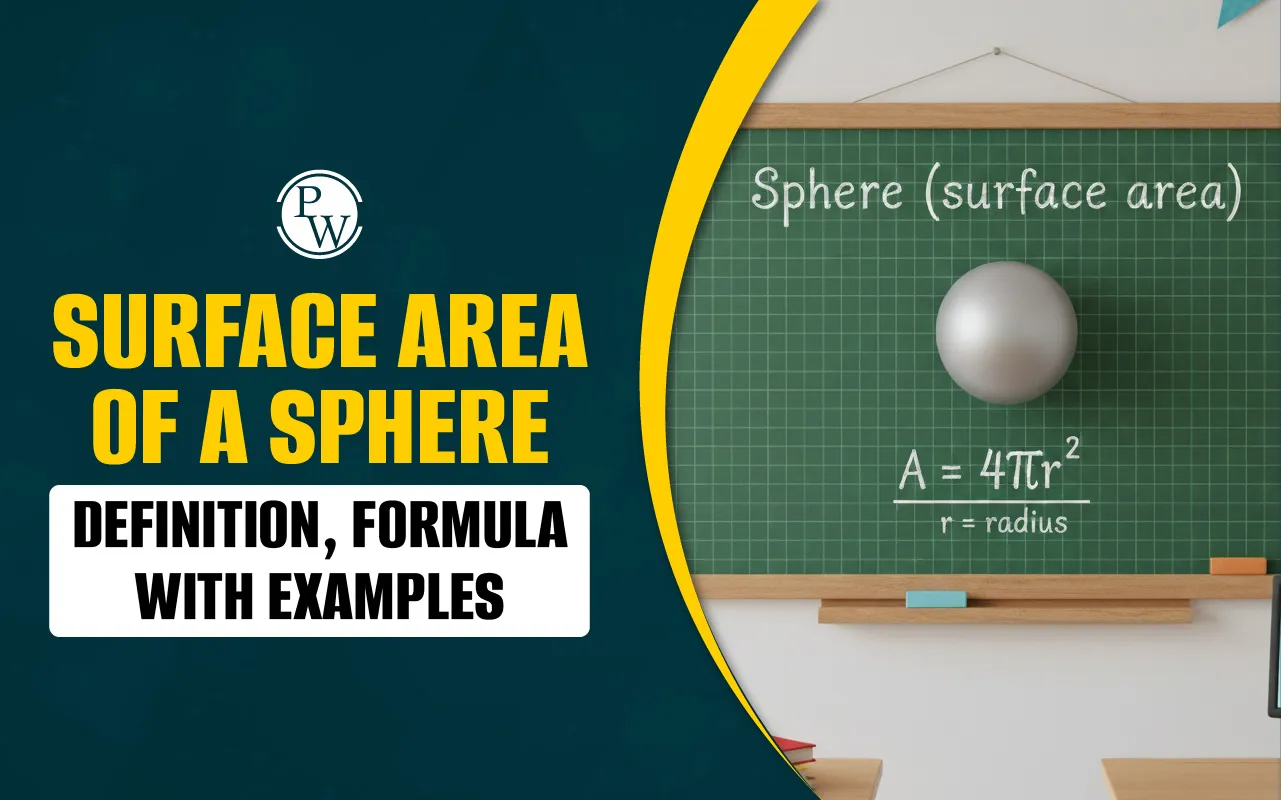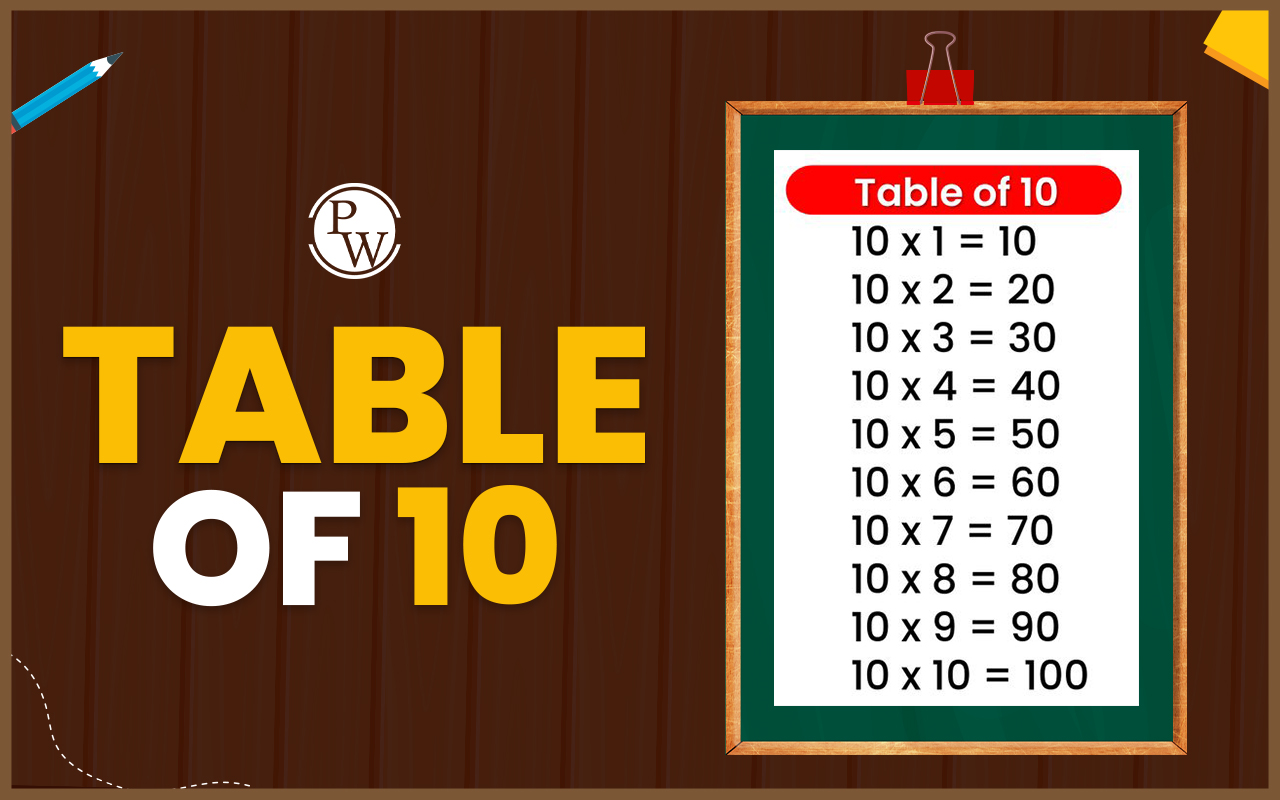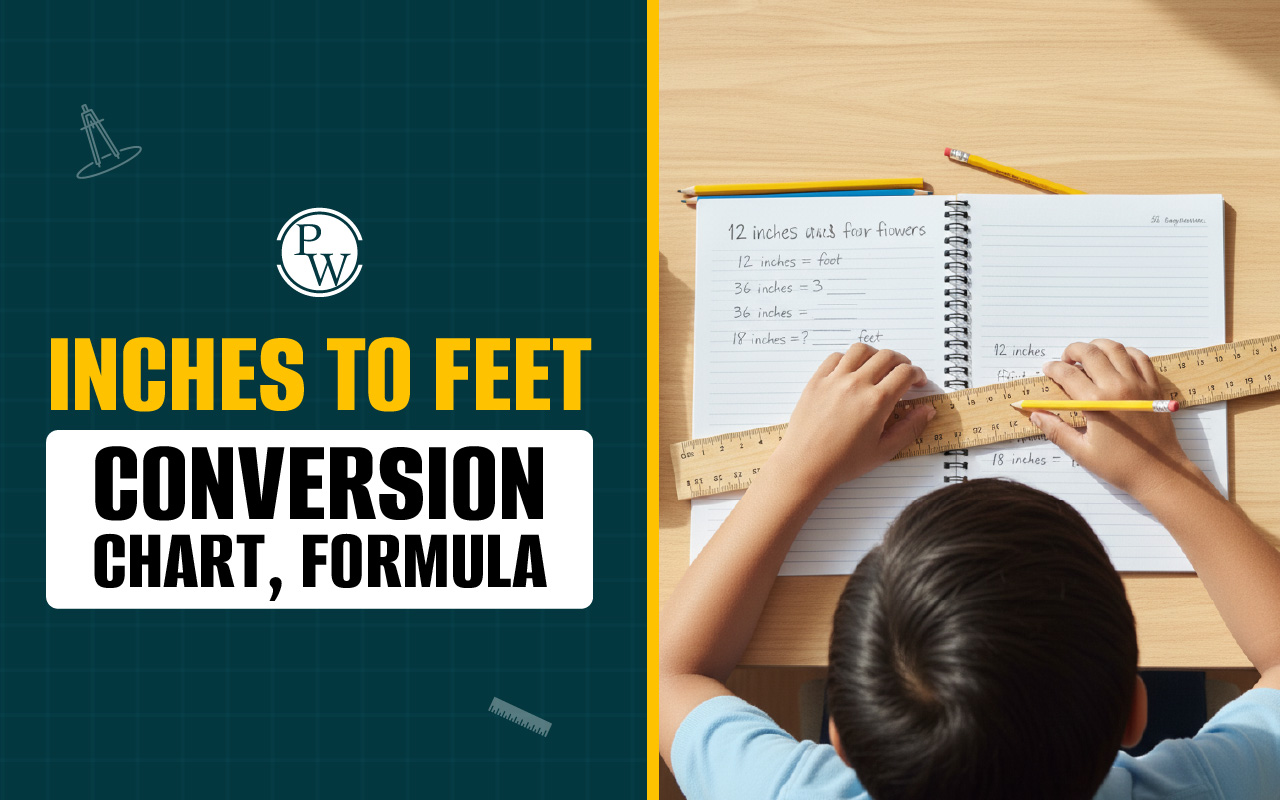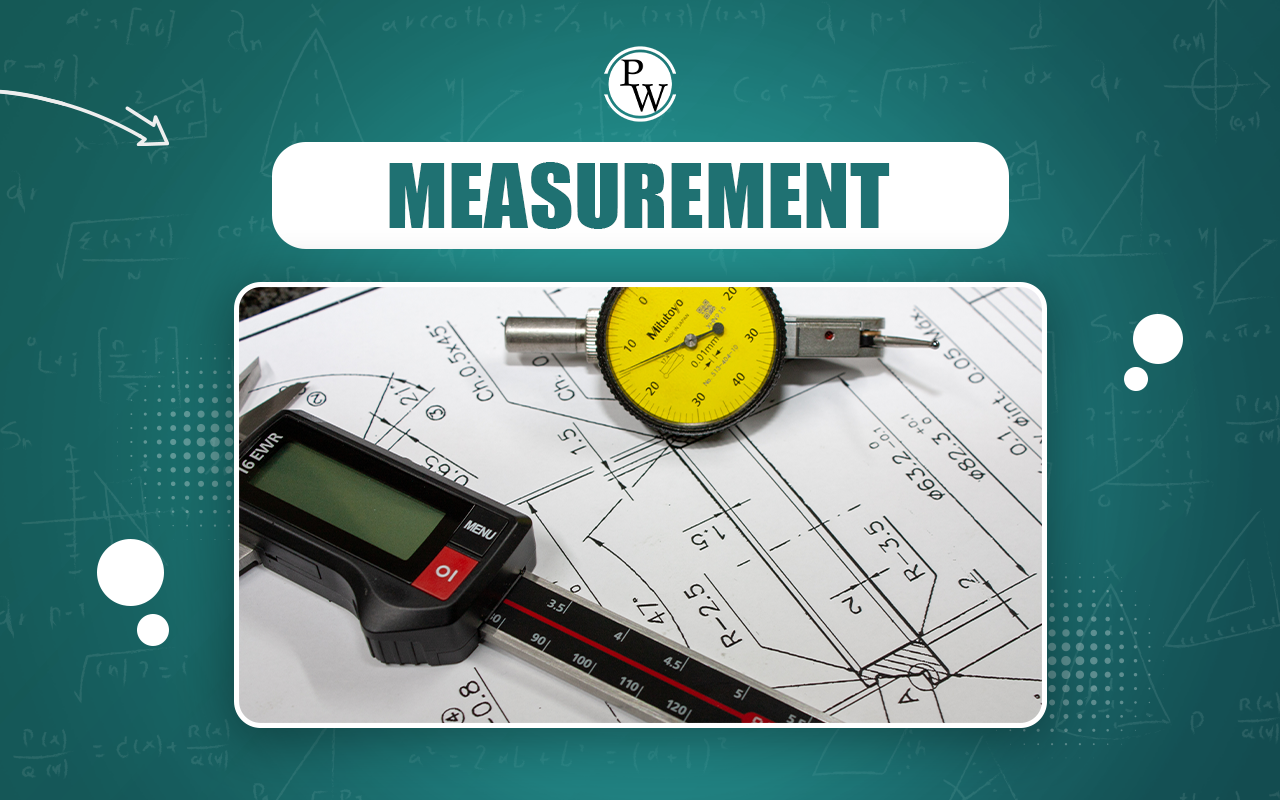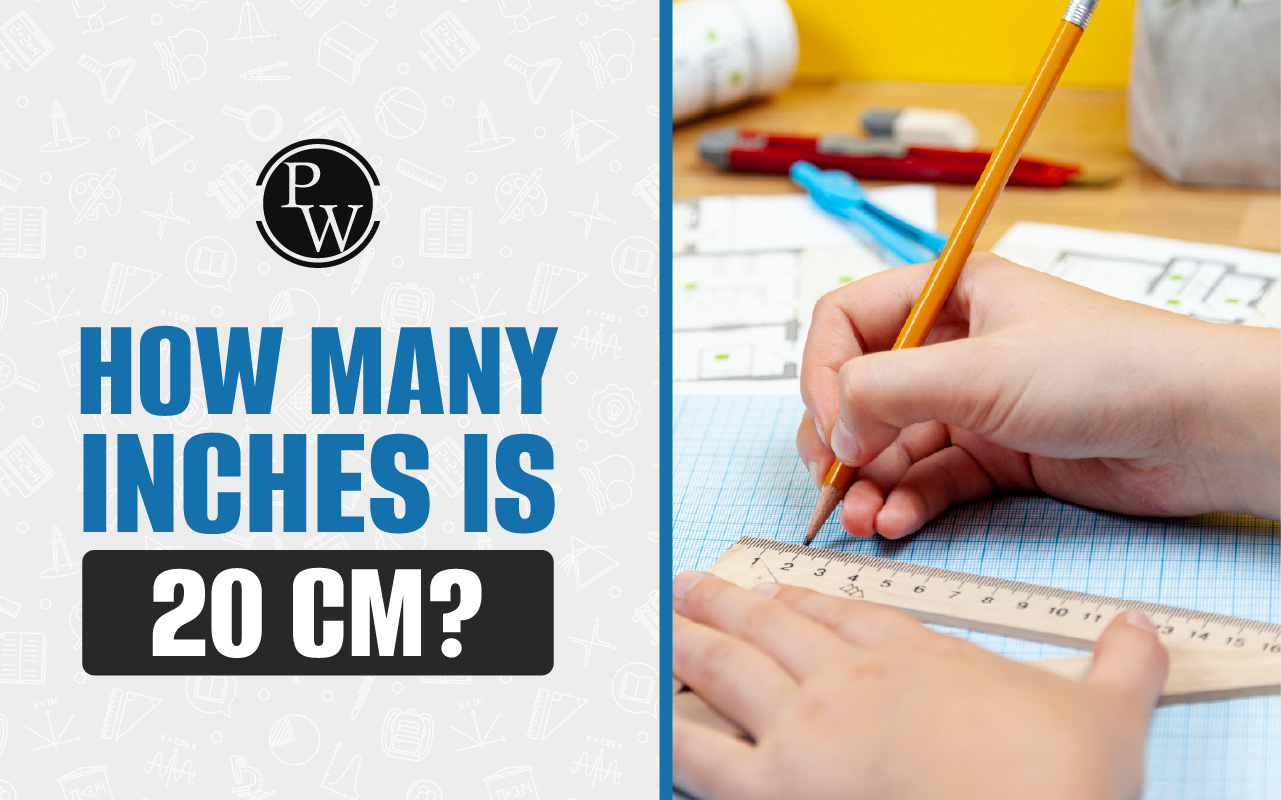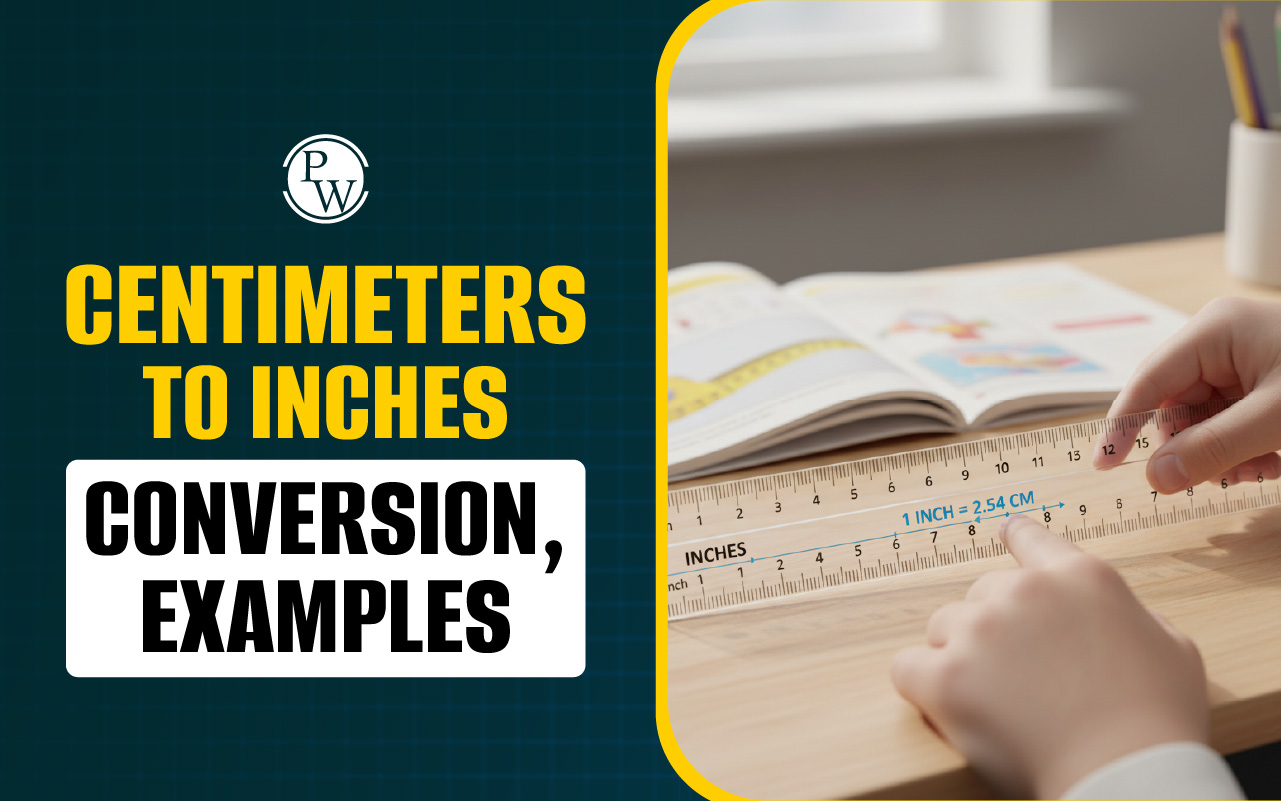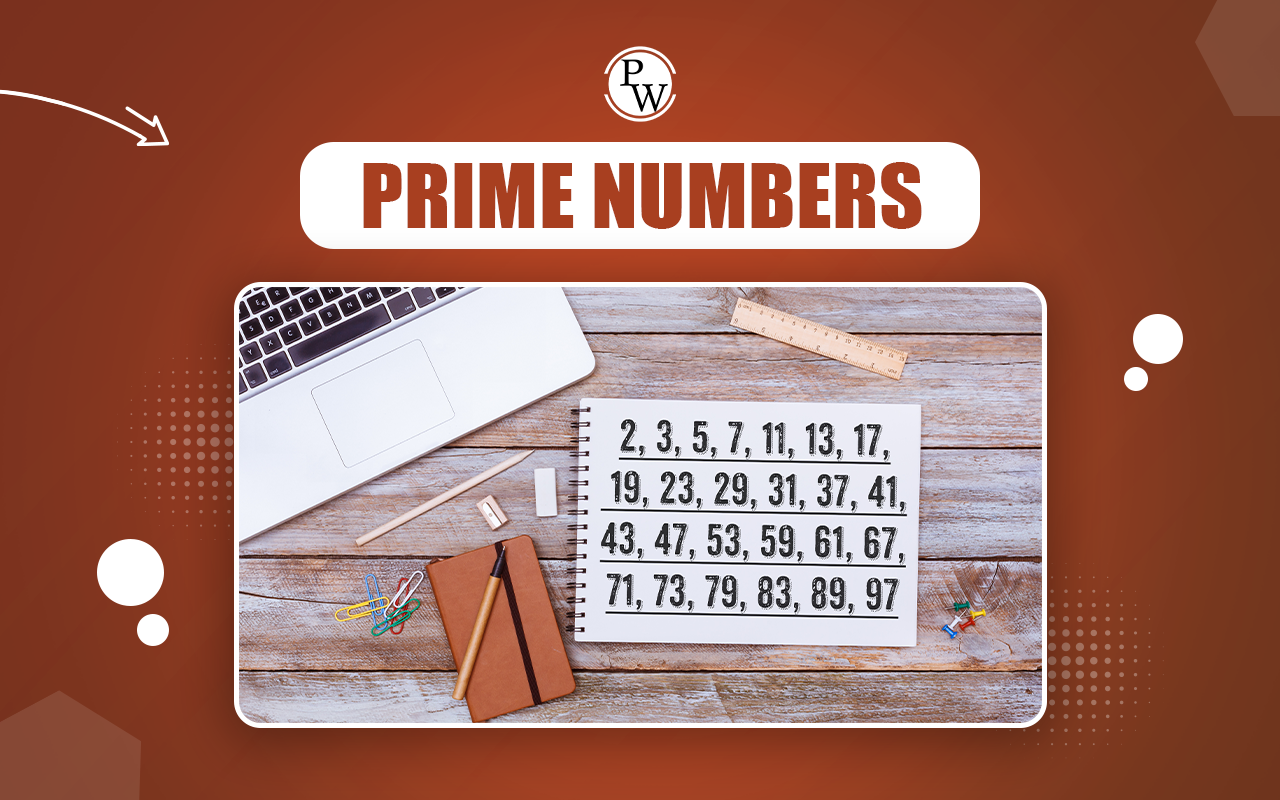
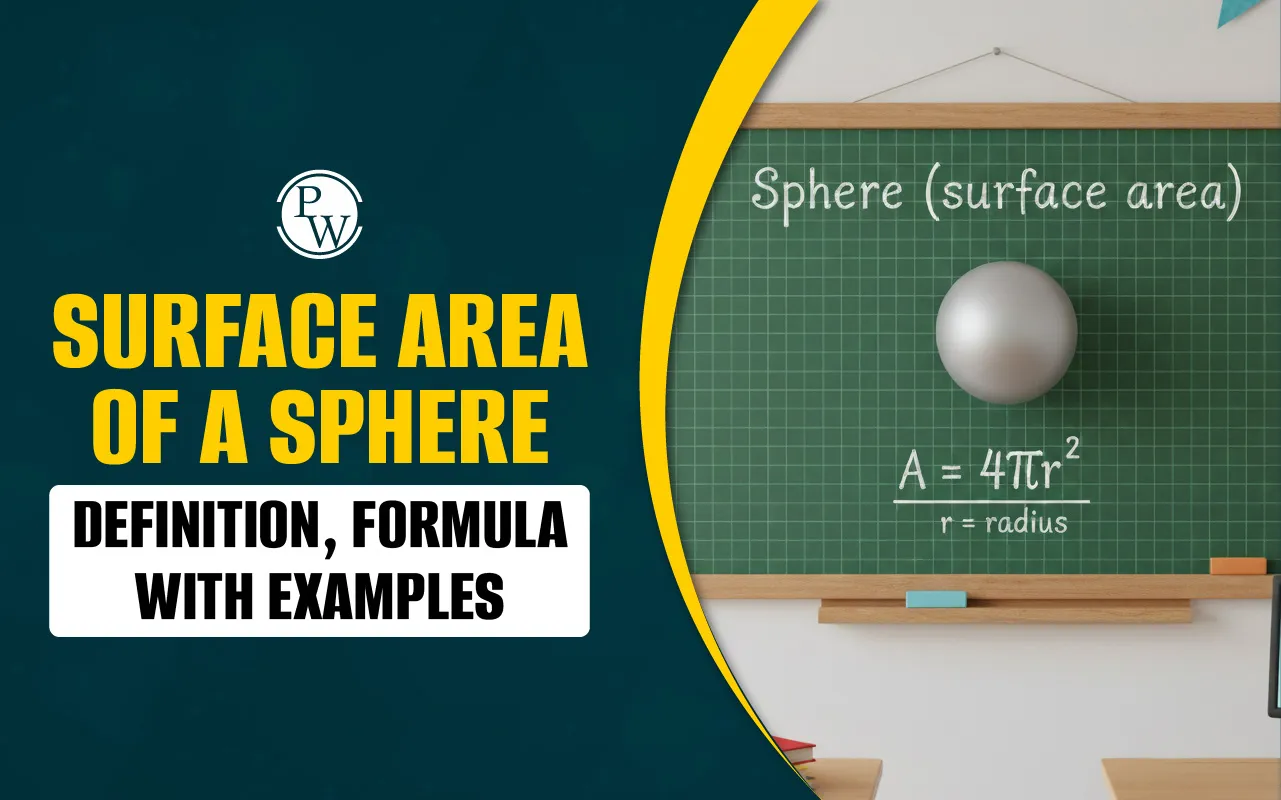
What is the Surface Area of a Sphere?
The surface area of a sphere refers to the total area covered by the outer surface of the sphere. A sphere is a three-dimensional shape where every point on its surface is equidistant from a fixed point called the center.
This fixed distance between the surface and center is known as the radius (r) of the sphere. The measure of total area covered by the curved surface of this shape is the surface area of the sphere.
Read More: How to Find the Area of a Polygon?
Formula of Surface Area of Sphere
The formula of surface area of sphere is given by:
Surface area of sphere = 4πr2
Where,
-
r = radius of the sphere
-
π(pi) ≈ 3.14
So, your child can easily calculate the curved surface area of the sphere if the radius of the sphere is known.
For example, if the radius of a sphere is 7 cm, the surface area of the sphere is:
Surface area = 4 x 3.14 x (7)2= 4 x 3.14 x 49 = 615. 44
So, the surface area of a sphere with a radius of 7 cm is 615.44 cm².
Derivation of Surface Area of Sphere
After understanding what is the surface area of a sphere, students may be interested to know about the derivation of the formula for measuring the surface area of a sphere.
According to Archimedes, the surface area of a sphere can be considered as the surface area of a cylinder of the same radius and the height equal to the diameter of the sphere.
The formula of the curved surface area of a cylinder is 2πrh
Where,
r = radius of the cylinder
h = height of the cylinder
If we replace the value of the height of the cylinder with the value of the diameter (2r), then the formula for the surface area will be: 2π(2r) = 4πr2a
In this way, the formula of the surface area of the sphere is derived.
Read More: Area and perimeter
Curved Surface Area of Sphere
In the case of a sphere, there are no flat surfaces like cones or cylinders. The sphere has only one surface which is curved. So, the total surface area of a sphere is the same as its curved surface area.
Therefore,
Total surface area of sphere = Curved surface area of sphere = 4πr2
Where, r = radius of the sphere.
How to Calculate Surface Area of Sphere
Calculating the curved surface area of a sphere using the surface area formula becomes easier for your child if they follow the step-by-step process as mentioned below:
Step 1: Identify the radius
Find the radius (r) of the sphere. It may be given directly or can be calculated from the diameter (d) using the formula: r = d/2.
Step 2: Apply the formula
Use the formula of the surface area of sphere:
Area (A) = 4πr2
Step 3: Substitute the values
Insert the value of the radius into the above formula and multiply step by step.
Step 4: Calculate the final value
Find the final value as the area of the sphere and include the unit of measurement as the square of the unit given for the radius or diameter of the sphere.
Read More: Area of a Semicircle
Surface Area of Hemisphere
The hemisphere is a three-dimensional shape which is just half of the sphere. The total surface area of the hemisphere can be calculated using the formula of surface area of a sphere.
Total surface area of hemisphere = Half of area of sphere + Circular base area
= ½ (4πr²) + πr²
= 2πr² + πr²
= 3πr²
Examples of Surface Area of Sphere
After understanding what is the area of the sphere and the formula for the area of the sphere, students must learn through regular practice how to apply these formulas in solving sums. Here are some solved examples using formulas of the surface area of the sphere that can help your child get a conceptual clarity on this topic.
Example 1: Find the surface area of a sphere with radius 6 cm.
Solution: Given, r = 6 cm.
Therefore,
Area (A) = 4πr2 = 4π(6)2 = 4π x 36 = 144π = 144 x 3.14 = 452.16 cm²
Answer: Surface area = 452.16 cm²
Example 2: Find the surface area of a sphere with diameter 18 mm.
Solution: Radius r = 18/2 = 9 mm
Therefore,
Area (A) = 4πr2 = 4π(9)2 = 4π x 81 = 324π = 324 x 3.14 = 1017.36 mm²
Answer: Surface area of sphere is 1017.36 mm²
Example 3: Find the curved surface area of a spherical globe whose radius is 12 cm.
Solution: Area (A) = 4πr2 = 4π(12)2 = 4π x 144 = 576π = 576 x 3.14 = 1808.64 cm²
Answer: Surface area of the globe is 1808.64 cm².
Example 4: A ball has a radius of 5 cm. Find its surface area.
Solution: Area (A) = 4πr2 = 4π(5)2 = 4π x 25 = 100π = 100 x 3.14 = 314 cm²
Answer: Surface area of the ball is 314 cm²
Example 5: A spherical balloon has a surface area of 1256 cm². Find its diameter.
Solution: Area (A) = 4πr2 = 1256
Or, r2 = 1256/4π
Or, r2 = 1256 / (4 x 3.14)
Or, r2 = 1256/12.56
Or, r2 = 100
Or, r = 10
So, the radius is 10 cm.
Therefore, the diameter is 10 x 2 = 20 cm.
Answer: The diameter of the balloon is 20 cm.
Example 6: A sphere and a cylinder of same radius have equal curved surface area. If the radius is 8 cm, find the height of the cylinder.
Solution: Surface area of sphere = 4πr2
Curved surface area of cylinder = 2πrh, where h = height of cylinder.
Therefore,
2πrh = 4πr2
Or, h = 2r
Or, h = 2 x 8 = 16 cm.
Answer: The height of the cylinder is 16 cm.
Understanding and calculating the surface area of a sphere helps students recognize the link between geometry and real-life objects. With the knowledge about the surface area of a sphere, its derivation, and how to calculate the surface area of a sphere, students can develop conceptual clarity and confidently solve mathematical problems involving spherical shapes.
Also read: Area of Triangle
Turn Maths into Your Child’s Favourite Subject with CuriousJr
Does your child find maths difficult or lose interest during homework? Many children struggle with complex lessons, which can lower their confidence and make learning stressful.
CuriousJr’s Online Tuition Classes make maths simple, engaging, and easy to understand. Our program helps children build a strong foundation in maths while enjoying every lesson. Here’s what your child will gain:
-
Fun and interactive online classes that make learning exciting
-
Personal teacher support to clear doubts and guide homework
-
Creative activities and examples to simplify tricky concepts
-
Daily progress reports for parents to track improvement
Book a demo class today and help your child build confidence and enjoy learning maths!
Surface Area of Sphere FAQs
How are spheres and circles related?
How are the surface area and volume of a sphere related?
How does the surface area of a sphere change when its radius is doubled?
What is the surface area of a sphere in terms of its diameter?

